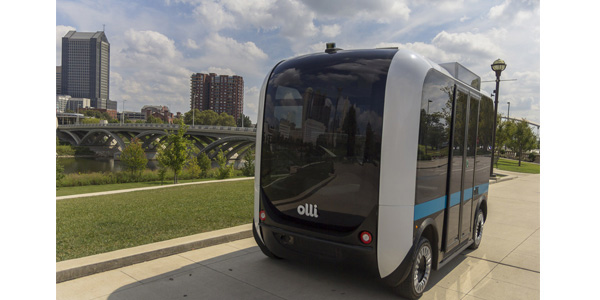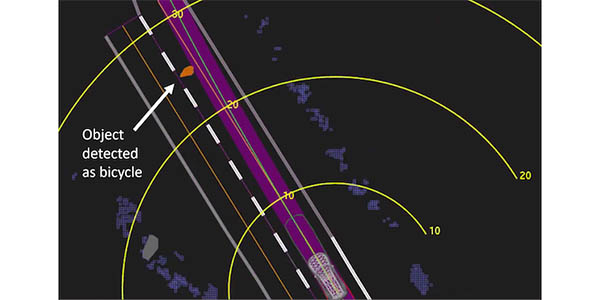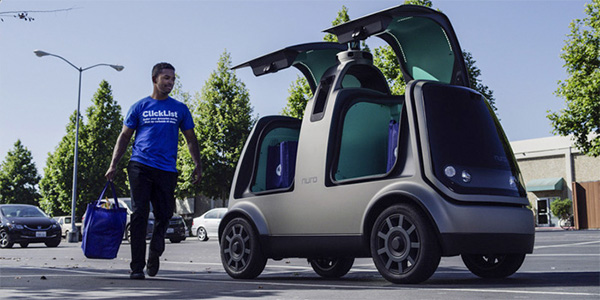During the three-month pilot project, data will be gathered via rider surveys to understand the public’s sentiment regarding self-driving shuttles, the potential for congestion relief and better mobility, the reduction of single-occupant vehicle use and the potential for the use of the latest intelligent transportation system (ITS) technology.

The vehicle was factory-equipped with several advanced driver assistance functions by the original manufacturer Volvo Cars, including a collision avoidance function with automatic emergency braking as well as functions for detecting driver alertness and road sign information. The Volvo functions are disabled only when the test vehicle is operated in computer control mode.


